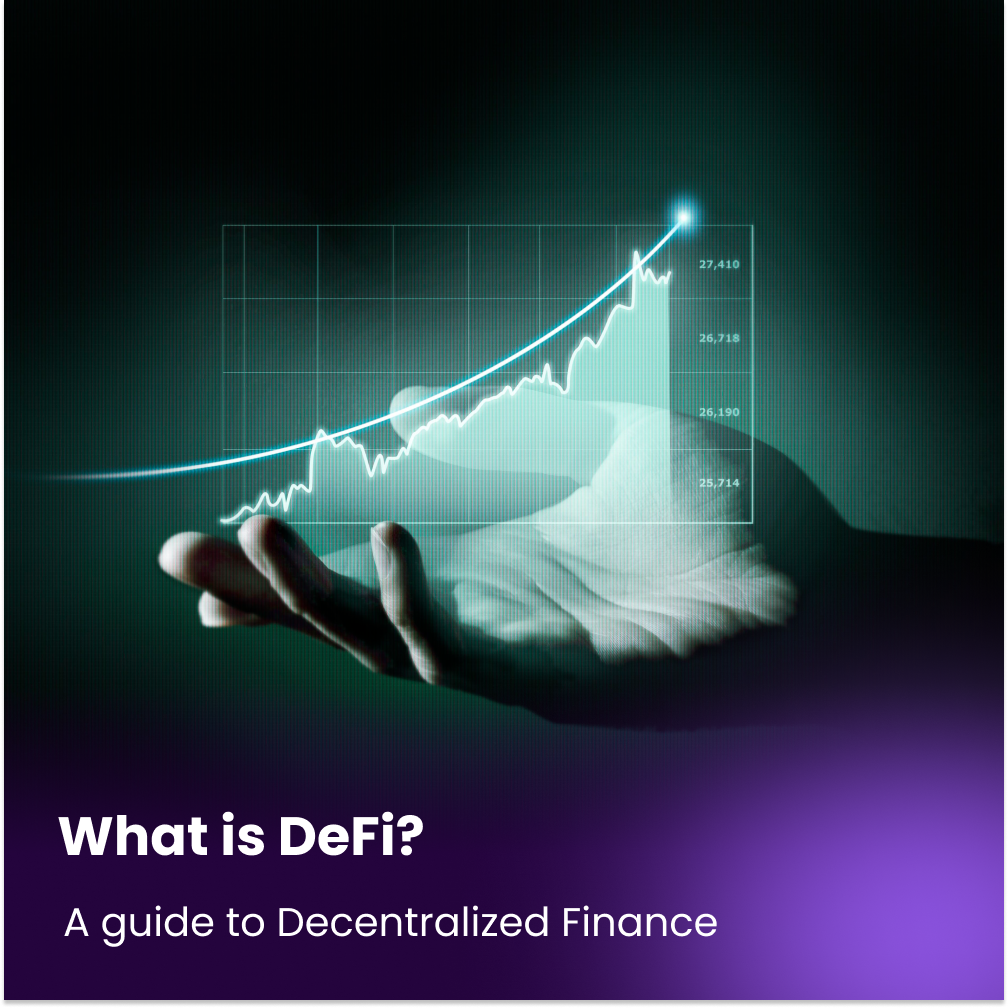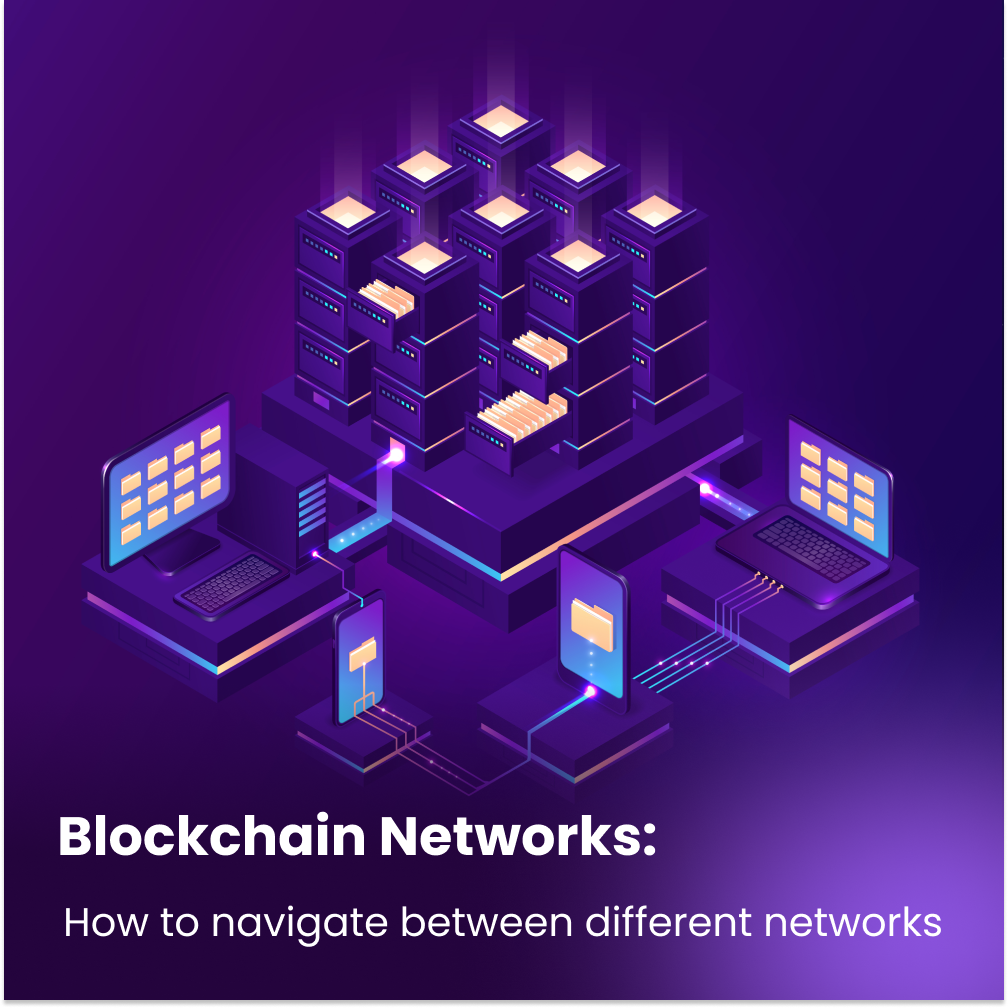
Decentralized finance, or DeFi, has emerged as a groundbreaking phenomenon that is reshaping the traditional financial landscape.
At its core, DeFi represents a paradigm shift in how we conceive and interact with money, borrowing, lending, and investing.
With its emphasis on transparency, accessibility, and autonomy, DeFi has the potential to revolutionize the way we manage our finances, democratize access to financial services, and empower individuals to take control of their economic destinies.
In this article, we will discuss the concept of DeFi, its pros and cons, and how it is poised to form the future of finance.
What is DeFi?
DeFi, short for decentralized finance, encompasses a range of financial services offered on public blockchains, primarily Ethereum.
Within the realm of DeFi, individuals can engage in a multitude of activities similar to those supported by traditional banks, including earning interest, borrowing, lending, purchasing insurance, trading derivatives, and exchanging assets. The distinguishing factor is that DeFi transactions eliminate the need for paperwork or reliance on intermediaries.
In line with the broader realm of cryptocurrency, DeFi operates on a global scale, facilitates direct peer-to-peer interactions, ensures pseudonymity, and remains accessible to all individuals.
Decentralized vs. centralized finance
Centralized finance (CeFi) and decentralized finance (DeFi) differ in several key aspects listed below:
- Governance: CeFi relies on centralized entities, such as banks or financial institutions, to make decisions and set rules. In contrast, DeFi operates on decentralized protocols governed by community consensus, allowing users to have a say in the development and evolution of the financial system.
- Accessibility: CeFi often requires users to meet certain criteria, such as identity verification or minimum balance requirements. DeFi, on the other hand, is generally more inclusive and accessible to anyone with an internet connection.
- Intermediaries: CeFi relies heavily on intermediaries like banks, brokers, and clearinghouses to facilitate transactions and enforce regulations. In DeFi, transactions occur directly between participants through smart contracts, eliminating the need for intermediaries and reducing associated fees.
- Speed: CeFi transactions can be relatively fast within a centralized system, but cross-border transactions may still face delays due to various intermediaries involved. DeFi transactions, built on blockchain technology, can be executed quickly and settle within minutes, regardless of geographical boundaries.
- Security: CeFi platforms are subject to cybersecurity risks, as central points of failure can be attractive targets for hackers. DeFi, while not immune to risks, employs blockchain’s transparent and immutable nature to enhance security.
How does DeFi work?

While DeFi is often associated with cryptocurrencies, its scope extends beyond the mere creation of new digital currencies or assets. DeFi distinguishes itself by utilizing smart contracts to replace conventional financial systems.
In decentralized finance, the absence of banks or financial institutions means that intermediaries no longer exist to oversee and approve transactions within the applications.
Additionally, the code underpinning DeFi protocols is open for anyone to review, fostering a sense of transparency. Moreover, DeFi operates on open networks that transcend national borders. The Ethereum blockchain serves as the foundation for a plethora of user-accessible applications within the DeFi ecosystem.
What are the benefits of decentralized finance?
Decentralized finance offers a range of benefits that are transforming the financial landscape. Some key advantages of DeFi include:
- Financial inclusion: DeFi has the potential to provide financial services worldwide. DeFi applications are accessible to anyone with an internet connection.
- Accessibility: DeFi eliminates barriers to entry by allowing anyone to participate without needing permission from intermediaries or meeting stringent requirements.
- Transparency: DeFi protocols are built on public blockchains, providing transparency and auditability.
- Lower costs: Decentralized finance aims to reduce costs by eliminating intermediaries, streamlining processes, and automating operations through smart contracts.
- Speed and efficiency: DeFi transactions occur directly between participants, leveraging blockchain technology’s fast settlement times. This enables near-instantaneous transactions, bypassing the delays associated with traditional banking systems.
- Innovation and flexibility: DeFi fosters innovation by allowing developers to build on existing protocols and create new financial products and services.
- Security: DeFi leverages the security features of blockchain technology, such as cryptographic encryption and decentralized consensus mechanisms.
What are the downsides of decentralized finance?

While decentralized finance presents numerous benefits, it is important to be aware of the potential downsides and risks associated with this emerging field. Some of the key downsides of DeFi include:
- Smart contract risks: DeFi relies heavily on smart contracts, which are self-executing pieces of code. However, smart contracts are not immune to bugs or vulnerabilities, and if exploited, they can lead to financial losses or disruptions.
- Market volatility: The cryptocurrency market, which often underpins DeFi applications, is known for its high volatility. This volatility can result in substantial fluctuations in the value of digital assets, potentially leading to significant financial losses for users engaged in DeFi activities.
- Lack of regulation: DeFi operates in a relatively unregulated space compared to traditional financial systems. While this lack of regulation allows for innovation and flexibility, it also exposes users to potential risks such as scams, fraudulent projects, and inadequate consumer protections.
- Limited user support: In traditional financial systems, customer support is typically provided by banks or financial institutions. In DeFi, there may be limited avenues for customer support or dispute resolution.
- Complexity: DeFi applications can be complex and require a certain level of technical knowledge to navigate.
- Scalability: As DeFi grows in popularity, the underlying blockchain networks, such as Ethereum, can face scalability issues and network congestion. This can lead to higher transaction fees, slower transaction times, and reduced user experience.
- Regulatory uncertainty: While DeFi operates in a decentralized manner, regulatory bodies are increasingly taking notice and exploring how to regulate this space. The evolving regulatory landscape introduces uncertainties and potential compliance requirements that may impact the development and accessibility of DeFi applications in certain jurisdictions.
Is decentralized finance a good investment?
When it comes to investing in DeFi, the process is not different from investing in Bitcoin or any other form of digital currency. In essence, it entails a substantial level of risk, necessitating comprehensive research before making any investment decisions.
Remaining well-informed about the latest industry news and trends is also crucial to make informed choices. Nonetheless, it is imperative to bear in mind that the decision to invest in DeFi crypto ultimately rests with the individual.
Disclaimer: All financial information provided on the Stage Meta Blog is intended solely for informational purposes and should not be considered investment advice. It is strongly advised to conduct thorough research and consult with financial experts before making any investment decisions.








